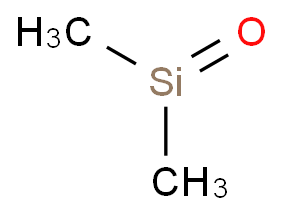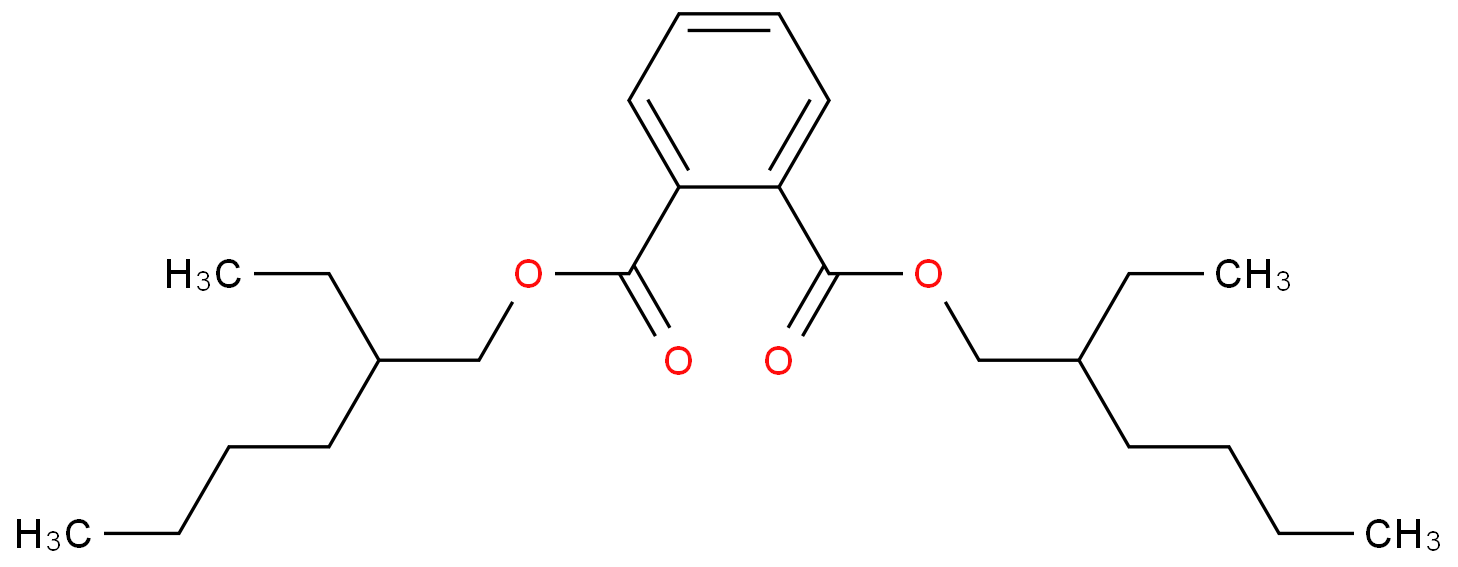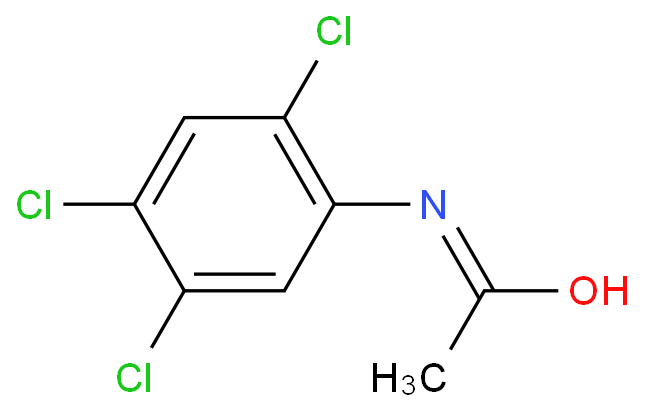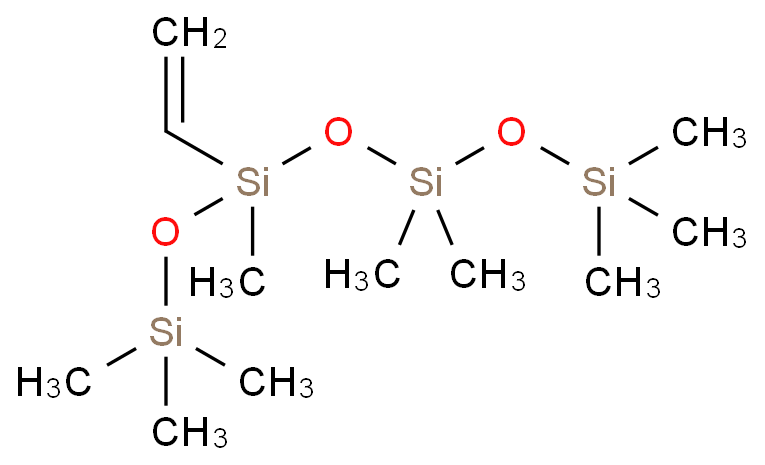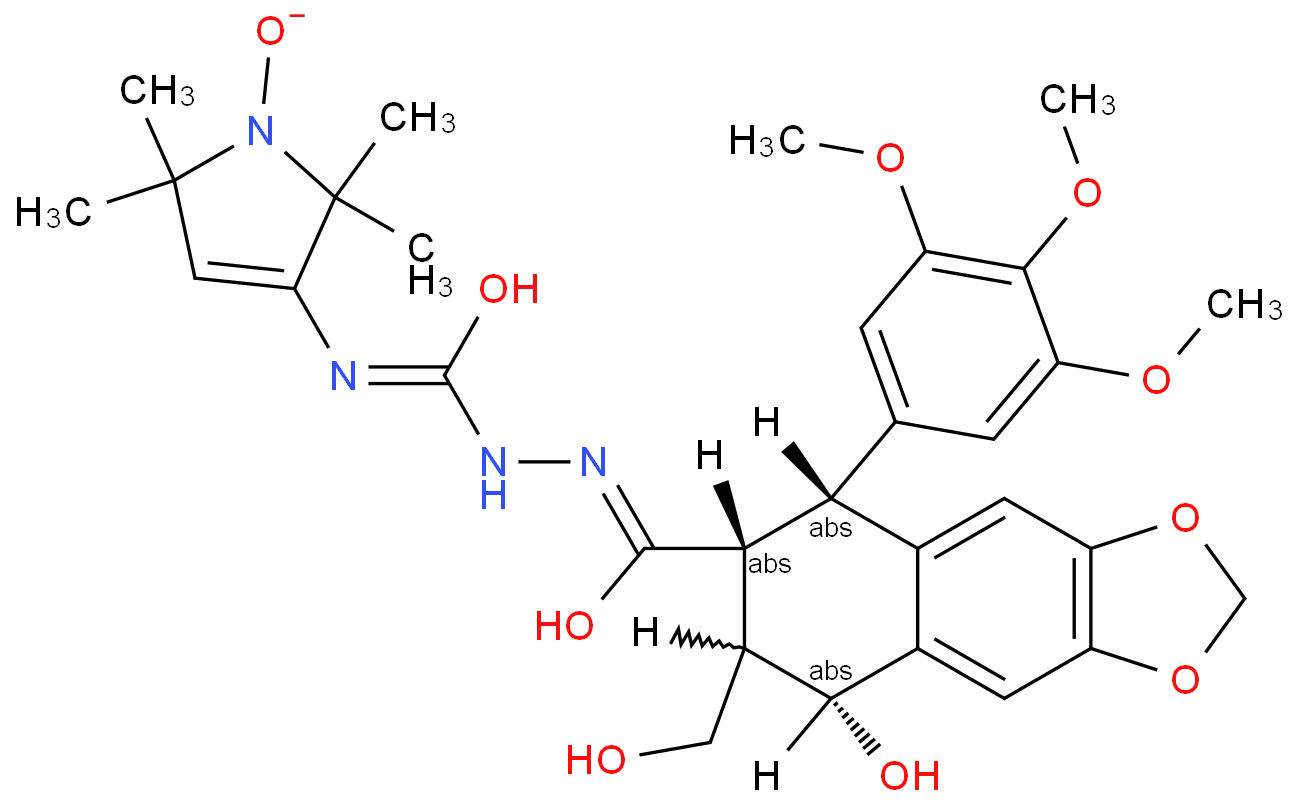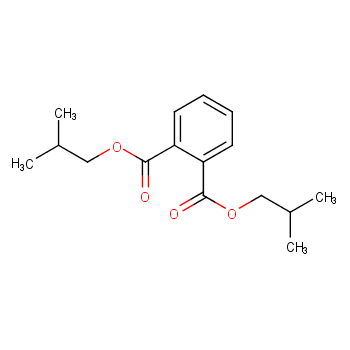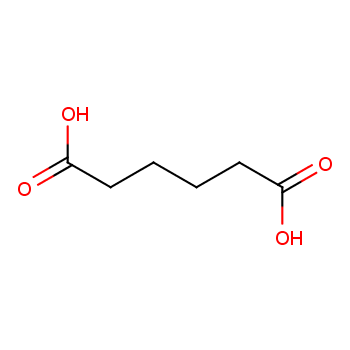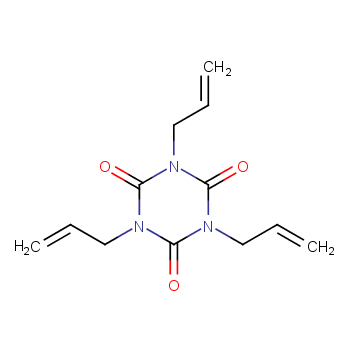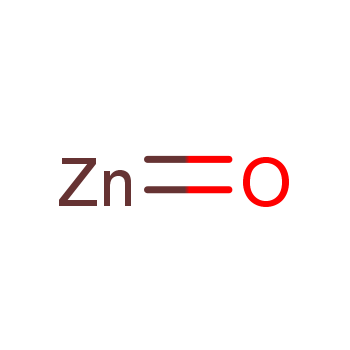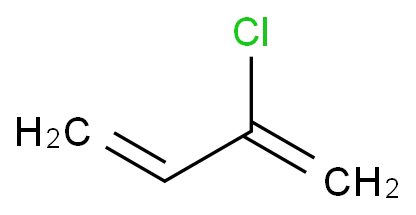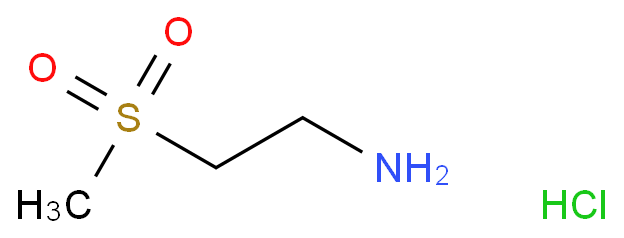Rubber articles and products refers to all kinds of rubber products produced with natural and synthetic rubber as raw materials, as well as rubber products reproduced from waste rubber.
Rubber is divided into natural rubber and synthetic rubber, natural rubber mainly comes from the trefoil rubber tree, the epidermis of the tree will flow out milky white juice, that is, latex;
Synthetic rubber is created through artificial synthesis. Various materials can produce different types of rubber, like cis-polybutadiene rubber and neoprene rubber. The most produced type is styrene-butadiene rubber, and synthetic rubber has a much higher output than natural rubber.
Rubber articles and products categories and process
There are many kinds of rubber products, but the production process is mostly the same, including six basic processes: plasticizing, mixing, Calendering, pressing, molding and vulcanization. Silicone rubber products are generally non-toxic and colorless, but rubber products produce toxic gases in the process of vulcanization.
When making rubber products, it's important to calculate the formula and abrasives accurately to ensure good quality. Rubber products are made from hot-melt thermosetting elastomers, so the production conditions should also be considered. Make appropriate adjustments at any time to ensure the quality of the products.
Usage of Rubber articles and products
Rubber stands as a versatile cornerstone across numerous industries, playing an integral role in sectors spanning transportation, construction, machinery, electronics, and beyond. Its significance, however, extends even further, permeating into the fabric of our daily lives and critical medical applications. Rubber is very important because it is used to make many different things that are essential to our lives. Rubber is used in everyday items and medical tools, showing its importance in our modern world.
.more+



